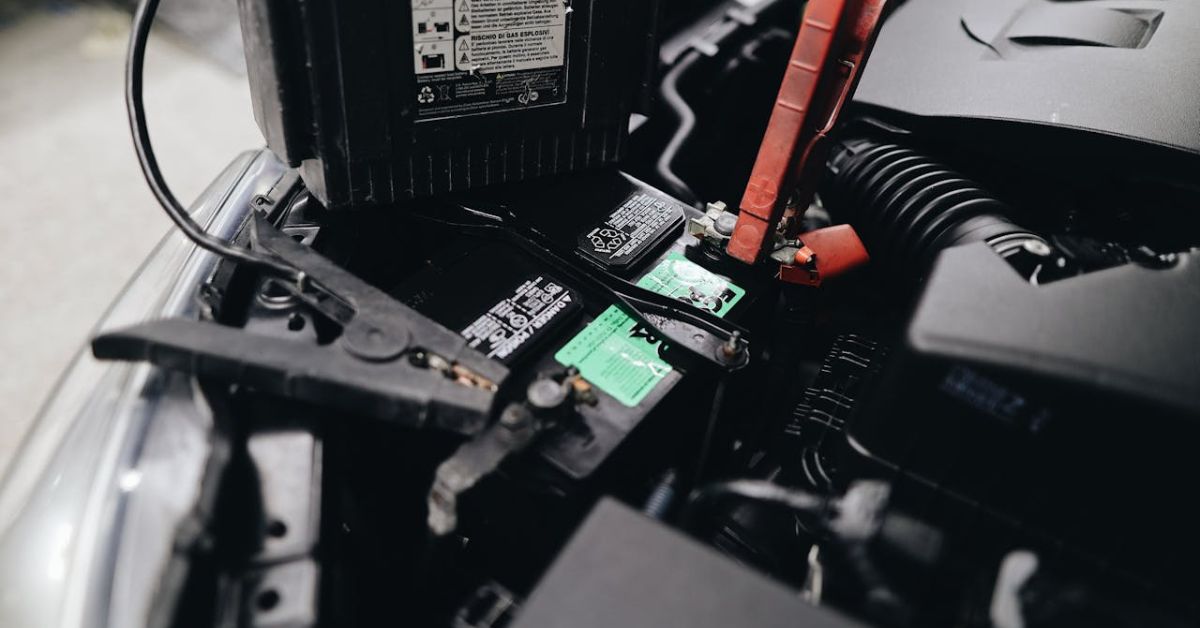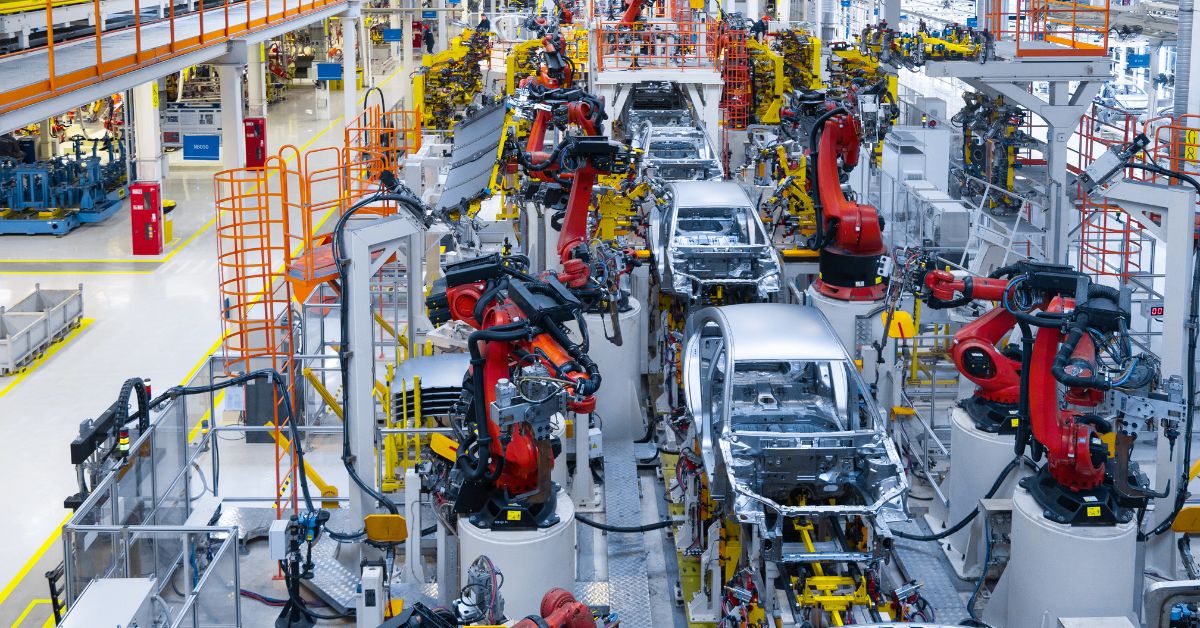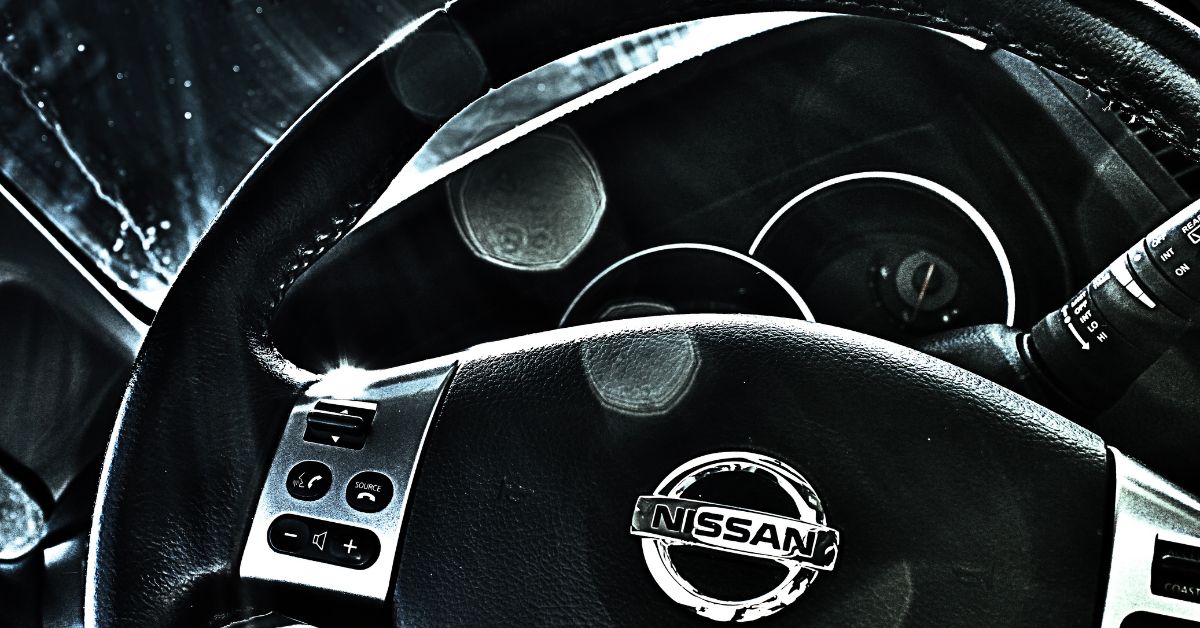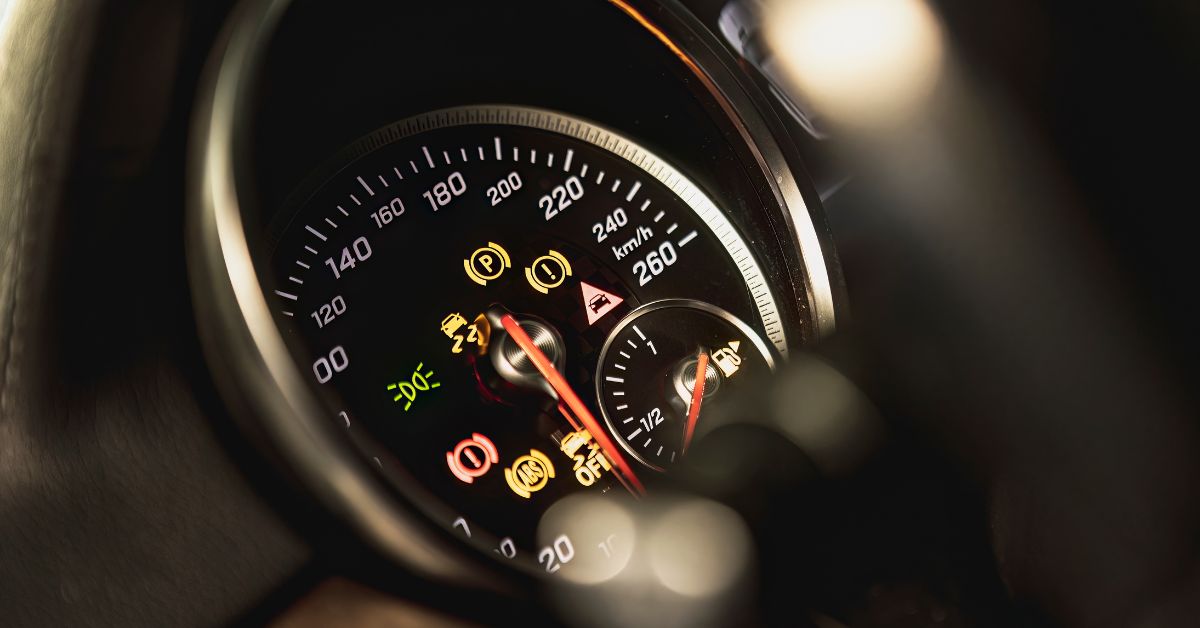Planning a long-distance drive in Australia can be exciting, but it requires more than just filling up the tank and hitting the road.
With vast stretches of open highway and the ever-present chance of unpredictable conditions, preparing well is essential.
This guide will walk you through everything you need to know to make your journey safe, smooth, and even enjoyable.
Check Your Vehicle’s Condition Before the Trip
Before embarking on a long drive, a thorough inspection of your vehicle is non-negotiable. A quick glance under the hood won’t cut it.
Instead, take the time to check critical components as this will help you avoid unpleasant surprises on the road.
Inspect Tyres and Pressure
Tyres are your car’s only point of contact with the road. Make sure they’re in good shape, with no signs of wear or damage. Check the tyre pressure, which should be aligned with your vehicle’s manual.
Don’t forget the spare tyre; it needs to be ready for action, too. Driving on under-inflated or worn-out tyres can turn your trip into a nail-biting adventure, and not in a good way.
Check Engine Oil and Other Fluids
Your engine works hard during a long drive. Make sure it has enough oil to keep everything running smoothly. While you’re at it, top up coolant, brake fluid, and windshield washer fluid.
This isn’t the time to skimp on fluids – an overheating engine in the middle of nowhere is a surefire way to ruin your trip.
Test Brakes, Lights, and Wipers
Good brakes are crucial, especially if you need to stop suddenly for wildlife or debris on the road. Test your lights, including high beams, indicators, and brake lights.
Visibility is your friend and functioning wipers are a must if you encounter a sudden downpour. Remember, it’s better to be safe than sorry.
Ensure Battery Health and Functionality
Is your car’s battery fully charged? A dead battery could leave you stranded on the side of the road. Also, look for corrosion around the terminals and ensure it’s securely fastened.
If your battery is more than a few years old, consider getting it checked by a professional before you set off.
Plan Your Route and Schedule
Australia’s roads are vast and sometimes unforgiving. Having a clear plan will save you from unnecessary stress and help you manage your time better. The key here is to expect the unexpected.
Use GPS and Have a Physical Map Backup
Technology is fantastic – until it fails. A GPS device or app is a great tool, but keep a physical map as a backup. Out in the bush, your phone signal can be spotty at best.
Double-check your route, especially if you’re heading into remote areas where the cellular signal may be patchy.
Identify Rest Stops and Fuel Stations
Long drives can be taxing. Identify rest stops where you can stretch your legs or grab a snack. Mark fuel stations on your route and keep an eye on your fuel gauge.
Running out of fuel isn’t just inconvenient; it can be downright dangerous in Australia’s more isolated regions.
Consider Traffic and Weather Conditions
Australia’s weather can change faster than a chameleon in a paint store. Check the forecast and be prepared for sudden weather shifts.
Avoid peak traffic times in cities and plan your journey to steer clear of school zones during pick-up hours.
Pack Essential Supplies
Packing for a long drive isn’t just about comfort – it’s about being prepared for the unexpected. Here’s what you shouldn’t leave home without.
Prepare an Emergency Kit
Your emergency kit should be more than a first-aid box. Also, include jumper cables, a flashlight with spare batteries, basic tools, and a tyre repair kit.
Furthermore, a reflective safety vest and a warning light or road flares can be lifesavers if you break down at night.
Bring Water, Snacks, and Entertainment
Staying hydrated is crucial, especially on hot Aussie roads. Pack plenty of water and easy-to-eat snacks. Hungry drivers can get cranky – and distracted.
Also, bring entertainment options like podcasts, playlists, or audiobooks to keep spirits high. After all, even the most scenic routes can get monotonous.
Ensure Mobile Phone and Chargers Are Ready
Your phone isn’t just for selfies; it’s a lifeline. Make sure it’s fully charged, and bring a car charger. Having an external power bank as a backup is wise.
In some remote areas, you may not have reception, but a charged phone is essential when you get back into range.
Stay Alert and Safe While Driving
Even the best-prepared vehicle can’t drive itself. Long-distance driving requires concentration and a good understanding of your limits. Keep these tips in mind to stay alert and safe.
Get Adequate Sleep Before the Drive
Drowsy driving is as dangerous as drunk driving. Get a full night’s sleep before your trip, no excuses.
Powering through fatigue isn’t heroic; it’s hazardous. If you feel sleepy, pull over and rest. No destination is worth risking your life.
Take Regular Breaks to Avoid Fatigue
Stop every two hours to stretch and rest. Even a five-minute walk can help get your blood flowing and keep you alert.
Use these breaks to check on your vehicle and grab a quick snack. Your future self, who won’t nod off behind the wheel, will thank you.
Share Driving Duties If Possible
If you have a co-pilot with a valid driver’s license, swap drivers every couple of hours. It makes the journey less tiring and gives you a chance to rest.
If you’re driving solo, play lively music or listen to engaging podcasts to stay sharp.
Safety Tips for Australian Roads
Driving long distances in Australia comes with its own set of challenges, from unexpected wildlife to unpredictable road conditions. Stay safe and keep these tips in mind.
Be Aware of Wildlife and Road Hazards
Kangaroos and emus aren’t just cute; they can be a real hazard, especially at dawn and dusk. Drive cautiously in wildlife-prone areas and watch out for road signs indicating animal crossings.
Keep your eyes peeled and be ready to slow down if needed.
Adhere to Speed Limits and Road Rules
Speed limits aren’t suggestions; they’re laws designed to keep you safe.
Australia’s road rules may vary by state, so make sure you know them. And remember, driving under the speed limit in bad conditions is just as important.
Know Emergency Numbers and Assistance Options
If you find yourself in trouble, having the right contacts can make all the difference. Triple Zero (000) is Australia’s emergency number.
If you’re stranded, calling roadside assistance is your best bet. Keep these numbers saved in your phone and written down in your vehicle.










